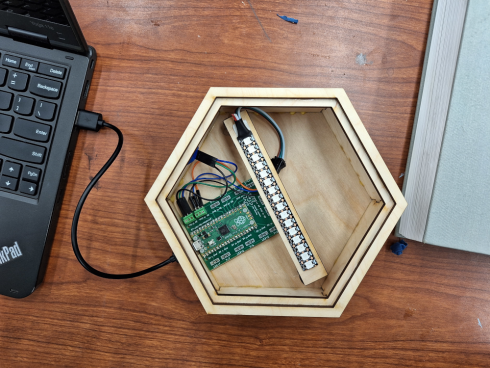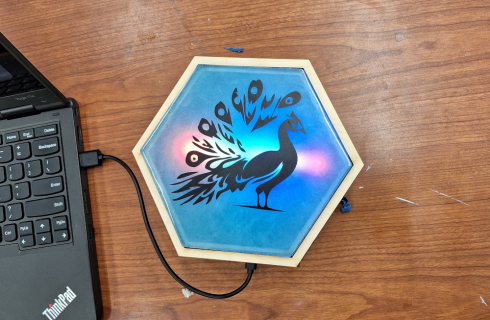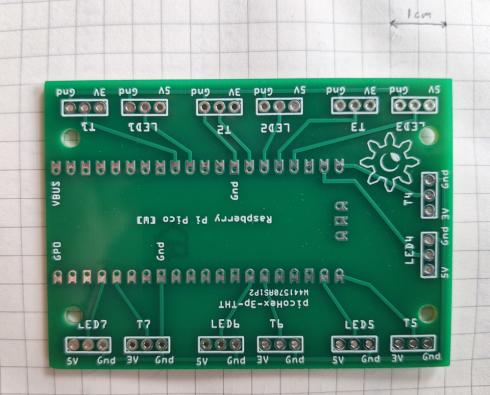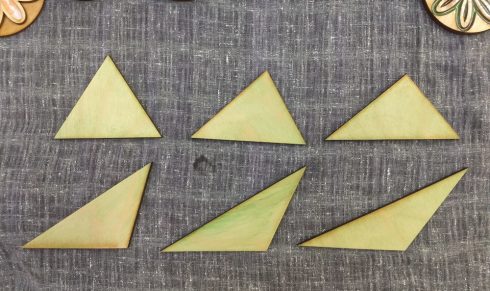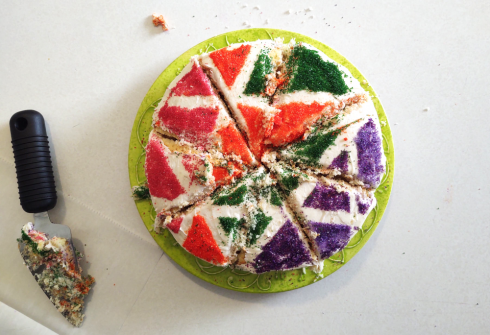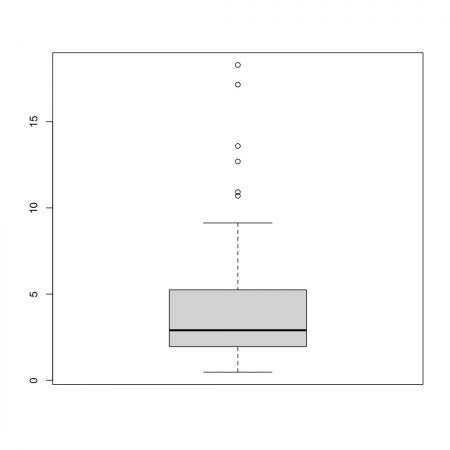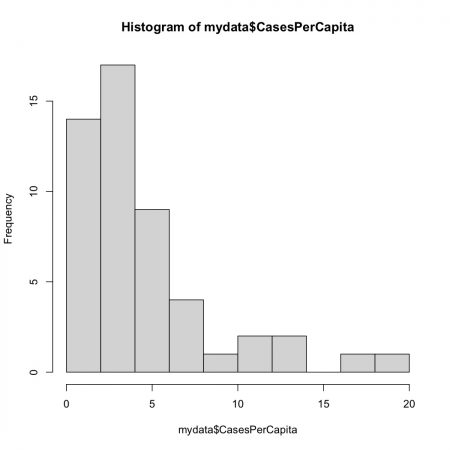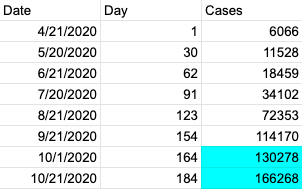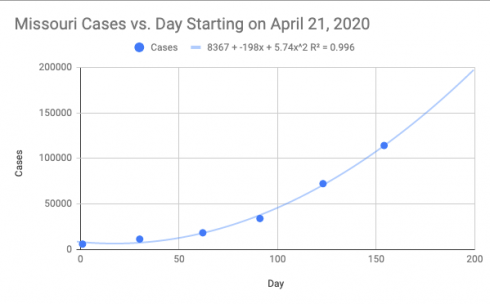Style or taste is knowing who you are and knowing what you like, and then being able to look outside of yourself, see the world around you, and then pick out the one thing from around you that does resonate with you, that makes you feel like you are who you are or that you can incorporate into your mindset and worldview.
Kyle Chayka during an interview on the Ezra Klein Show
I mean, it’s a process of collection, almost. Like you’re grabbing on to the little voices and artists and touchstones that make you who you are and give you your sense of self. You’re drawn to something without knowing why.
I did not expect to find this interview as fascinating as I did. It starts with the idea that taste/style is a personal feeling–intrinsic not extrinsic–that resonates with you, then explores how the internet has made for more niches of styles but shared those niches globally so we are, perhaps, loosing some of those fascinating hyper-local niches. Both increased diversity globally, but still some genericization as the algorithmically generated recommendations, of search engines and the like, help direct us towards the niches we like yet blinker us to discovery of others.
[A] feeling I’ve been having a lot lately is that scarcity is often what creates meaning. When you’re surrounded by infinite possibilities, when you know around the next corner is another video that might be funnier or more to your liking, you’re never going to sit with the thing that’s in front of you. You’re never going to be forced to have the patience, or the fortitude maybe, or the kind of willpower to fight through something and figure out if you truly like it or not.
Kyle Chayka during an interview on the Ezra Klein Show
Whereas, I think fighting that generic quality and figuring out at least one thing that brings you joy and you’re passionate about and that makes that change happen in your brain makes you have this encounter that you never expected. That’s the only thing that’s worth doing in life, kind of. Or at least in the field of culture, why would you want to have the generic experience? Why would you want the lowest common denominator result of recommendation?
